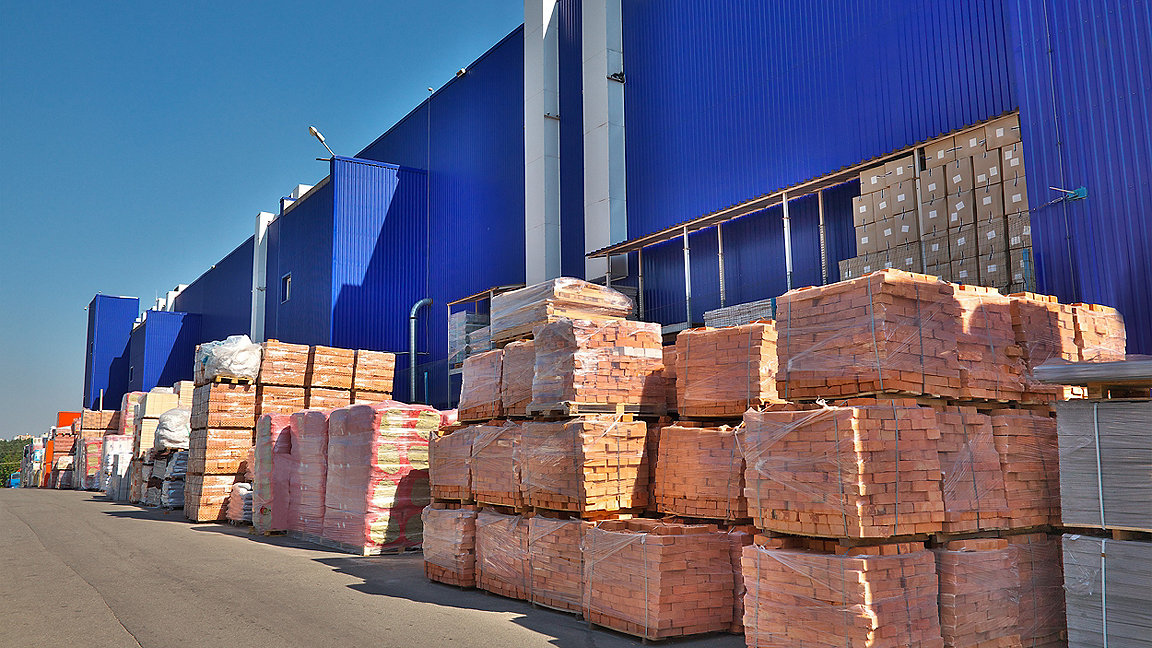
The Domestic Reverse VAT Charge for Building and Construction Services (DRC) – 'domestic' because the supplier and recipient are both based in the UK for VAT purposes – came into force on 1 March 2021.
The change requires the recipient of certain construction services to account for any VAT due rather than the supplier.
The aim of this measure is to combat so-called missing trader fraud in the construction sector, in a similar way to that of the previously introduced DRCs for the sale of computer chips and mobile phones.
Under these rules, a VAT-registered business that supplies certain construction services to another registered business for onward sale will be required to issue a VAT invoice stating that these services are subject to the DRC.
It is then the recipient of those services that must account for the VAT due on that supply through its tax return, instead of paying the amount to the supplier in the normal way. The recipient may still recover that amount as input tax, subject to the normal rules.
The administrative and financial consequences for businesses affected by the regime need careful management. HMRC is now reviewing VAT returns including supplies that should fall under the DRC. Where errors have been made, HMRC is seeking to issue assessments, even where there should be no net loss to the Exchequer.
Which services are affected?
The DRC applies to supplies of specified services between businesses that are registered for VAT and part of the Construction Industry Scheme (CIS), in cases where the recipient will use those services as part of its own provision of construction services to its clients.
Specified services are generally any that are defined as construction operations for purposes of the CIS. It therefore affects a broad range of businesses involved in property development, even those that may not typically consider themselves to be construction companies.
Where specified services have been supplied, subsequent services provided on the same site by the same supplier may also be covered by the DRC, if both parties agree to this. This rule was introduced to speed up decisions on whether the charge should apply.
However, where the original services did not fall under the scope of the DRC but subsequent services do, the VAT treatment changes; therefore, businesses have to review and monitor the VAT position throughout a project.
Some services that are charged on the same invoice as specified services may not themselves fall within the scope of the DRC. However, where there is a reverse charge element in the services supplied then they may all be subject to the DRC.
The charge applies to specified services unless:
- the services are supplied to an end user such as the property owner, or directly to a main contractor that sells or lets a newly completed building
- the recipient supplies those construction services onwards to a company connected with the end user
- the recipient is not or does not need to be VAT-registered
- the recipient is not registered for the CIS
- the supplier and recipient are landlord and tenant or vice versa
- the services are zero-rated.
An end user in this instance is a party that receives the specified services for any purpose other than supplying them onward. Where the customer has not provided confirmation that it is an end user – whether in writing, email or in the contract – HMRC's guidance is that the supply will fall under the scope of the DRC and no VAT is to be charged.
If a customer does not provide confirmation that it is an end user, however, it cannot be treated as one – which potentially creates both an opportunity and an issue.
Benefit applies where status confirmed
HMRC has indicated that a customer can opt not to be treated as an end user. This could give them a significant advantage in terms of cash flow as, rather than pay VAT to a supplier and later reclaim it as input tax through its VAT return, the customer simply accounts for the VAT as both output and input tax on the same return. If it can recover all of its VAT, this will amount to nil and there will be no cash movement.
However, BDO is aware of a number of cases where entities that qualify as end users have either failed to issue confirmations, or not done so at the correct time. Suppliers have nevertheless continued to charge VAT on their services and the customer has sought to recover this as input tax.
As noted above, suppliers should only charge VAT where the recipient of their services has confirmed that they are VAT- and CIS-registered and have issued an end-user notification. Therefore, in the absence of such a notification, a supplier should treat qualifying services as subject to the DRC and not charge VAT. This can create an issue because, technically, where VAT is charged in error it cannot be recovered as input tax.
Following a relatively light touch in terms of implementation, we are now seeing HMRC compliance officers taking a more robust approach, particularly when reviewing repayment returns. In the absence of an end-user notification or where this is issued late, HMRC is now issuing assessments against taxpayers for seeking to recover VAT that, in its view, has been incorrectly charged.
BDO recommends that where an end user has failed to confirm its status as such, it reviews its position and considers how best to rectify this before an HMRC assessment. RICS also recommends that professional advice is sought on any taxation matters.

